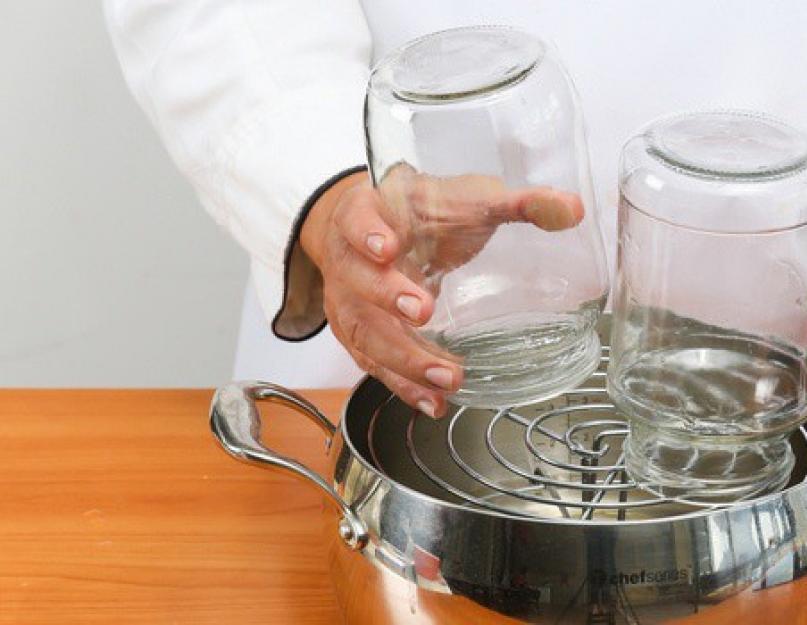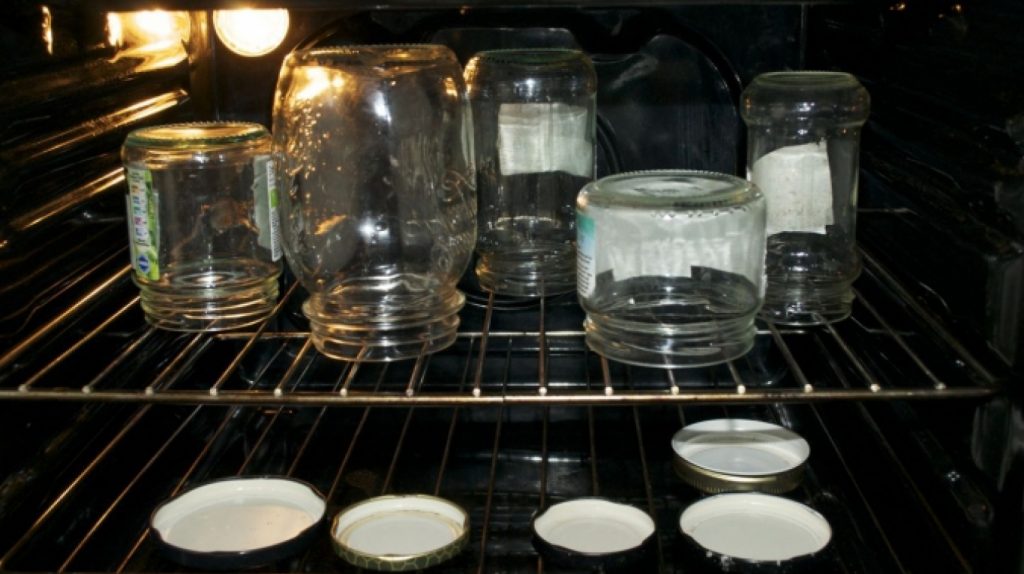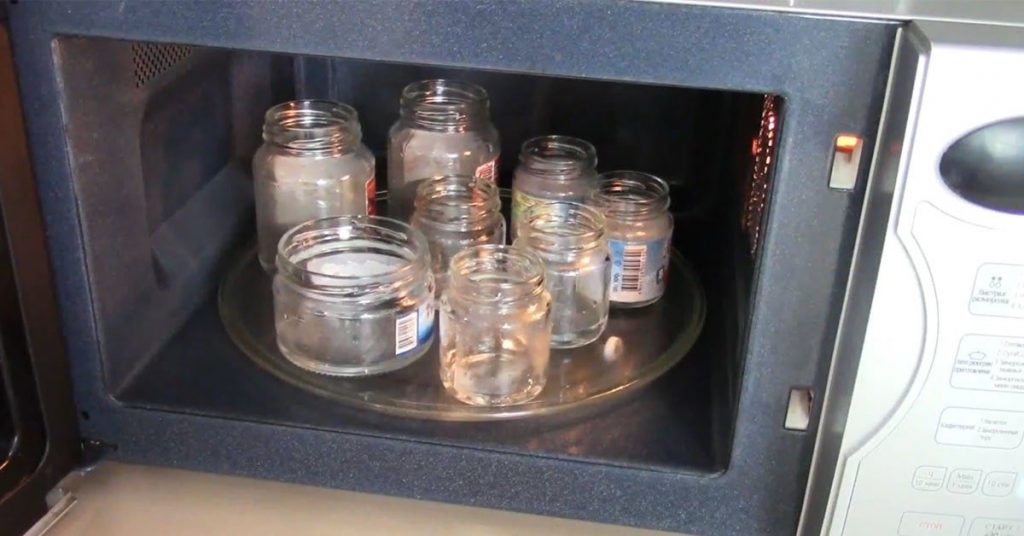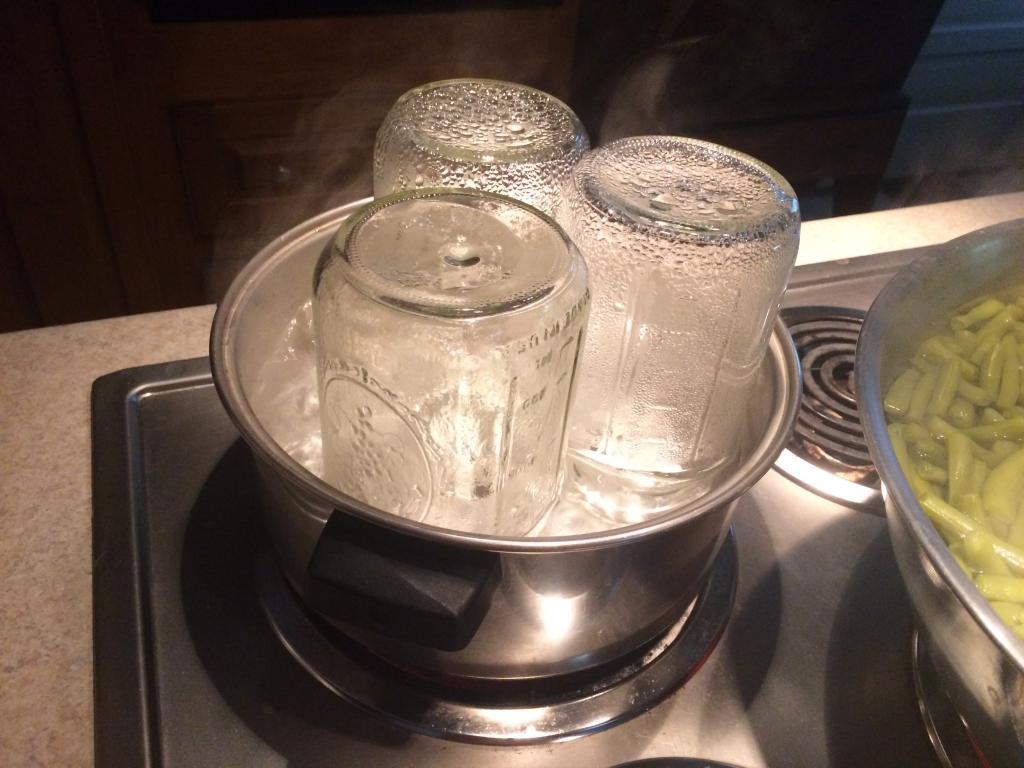Sterilization of jars
In our country, preparing food for the winter is considered an annual summer ritual in almost every family. Jams, pickles and compotes are prepared in large quantities so that there is enough for everyone at home for the long cold months. To prevent preparations from becoming a waste of time and money, it is necessary to thoroughly sterilize the utensils. This can be done in several effective ways. We propose to consider the most popular of them.
The content of the article
Proven methods for sterilizing jars
Before the processing procedure, be sure to thoroughly inspect and prepare the dishes. There should be no chips, cracks or rust. The covers are assumed to be smooth, without dents, scratches or signs of corrosion. Everything is washed with a solution of soda or mustard powder; it is allowed to use dishwashing liquid, but only with natural ingredients. Rinse thoroughly with running water.
If you do not wash and sterilize or use unsuitable containers, the preserves will ferment and “explode.”
Above the Ferry
A simple and accessible method that was actively used by our grandmothers. Place a large pot of water on the fire. We wait until it boils, and then we place a grate on it, on which we place the jars upside down.

Sterilization in this way lasts about a quarter of an hour. Large containers up to 3 liters – about 25 minutes.Then, using a towel, carefully remove the cans from the wire rack and, turning them upside down, place them on the table. Before preservation they must be dry from condensation.
In the oven
After washing, place the jars on a baking sheet in a cold place. oven. There is no fundamental difference in how they stand - neck up or down. Screw-on lids without rubber bands can also be placed on a baking sheet.

Close the door and set the temperature to 110°C. Sterilization time – 20 minutes. It does not depend on the volume of the dishes. Upon completion of the procedure, turn off the oven and let the jars cool slightly without opening the door. Then we take them out with a dry, clean towel and put them on the table.
Do not allow wet cloth to touch the glass. It may burst due to temperature changes.
Above the teapot
Affordable way "for the lazy." We put it on the fire and wait until it boils, the fullness mode is up to half. Then insert the neck of the jar. If the container is small, you can “hang” it on the spout of the dish or put a masher inside and put the jar on it.
We wait 15–25 minutes, after which we remove and place on a dry, clean towel. Before seaming, the dishes must dry from condensation under natural conditions.
In a slow cooker or steamer
The bowl is filled with water and placed inside the lid for twisting. Then install the steaming attachment on top. Pre-washed jars are placed on top of it, neck down.
Turn on the “Steam” mode and we start the device. The exposure time is similar to the procedure over a kettle or pan. Next, remove the containers from the lid and place them on a clean towel to dry.
Microwave
It’s as simple as pouring some water into the jars and placing them inside the household appliance.Set the timer to 5 minutes, and select the highest power. After the time has passed, take out the jars with large drops of condensation inside, pour out the liquid and place them with the neck down on a clean towel. Now they need to dry before storing.

Lids cannot be sterilized in the microwave!
In boiling water
Small containers can be placed in a large saucepan or turned upside down. Fill them with cold water and add lids. Put everything on the fire and let it boil for a quarter of an hour.

After completing the procedure, remove and let dry on a clean towel. Only after this can further manipulations with the dishes be carried out.
"Cold" method
Table vinegar is used. Liquid in the amount of 2 tbsp. l. pour into the jar, cover the lid and shake well so that the composition goes over all the walls of the container. Then it can be poured into the next jar and all utensils can be sterilized.
To ensure that preparations for the winter last a long time and retain their taste, sterilization of jars necessary. Choose the method that suits you and conduct experiments in your own kitchen.





